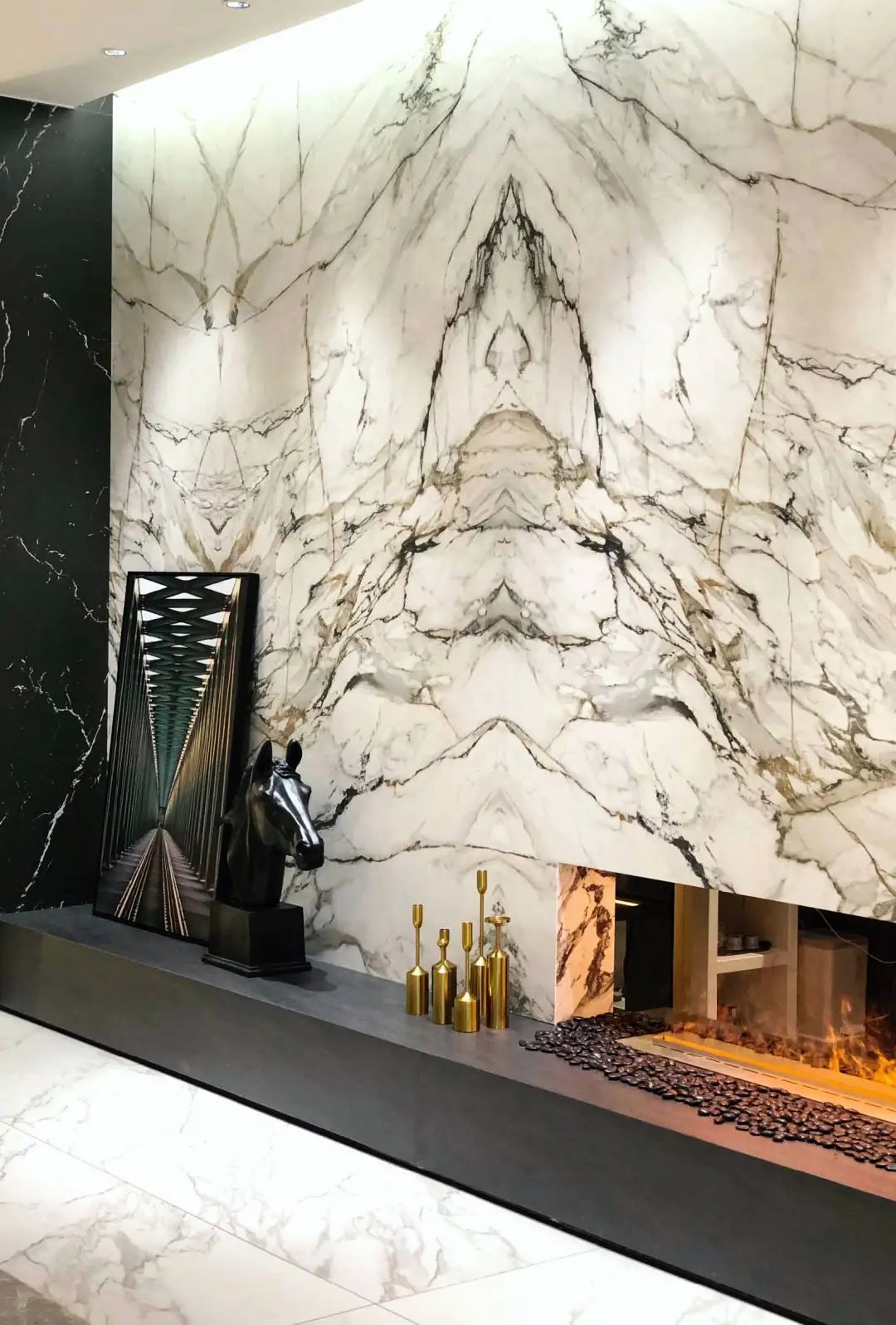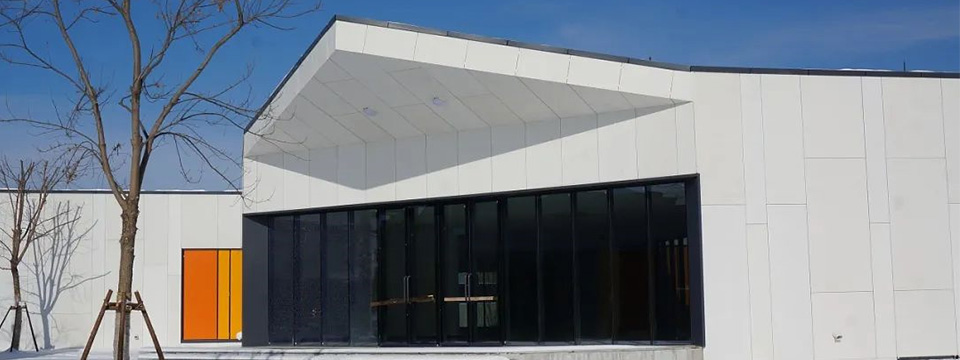What is Sintered Stone?
Sintered stone is a matrix of minerals heated (sintered) to form a solid impenetrable mass that results in a surface that cannot be etched, scratched, burned, or stained.
Sintered Stone is a manufactured product made from a base of natural stone. Depending on the manufactuer, Quartz has a base of 88%-95% natural quartz stone, mixed with pigments, polymers and resins which is what bonds the slab together.
Sintered Stone is made entirely from natural materials which are formed into incredibly strong and durable slabs which have countless applications. This process is called sintering.
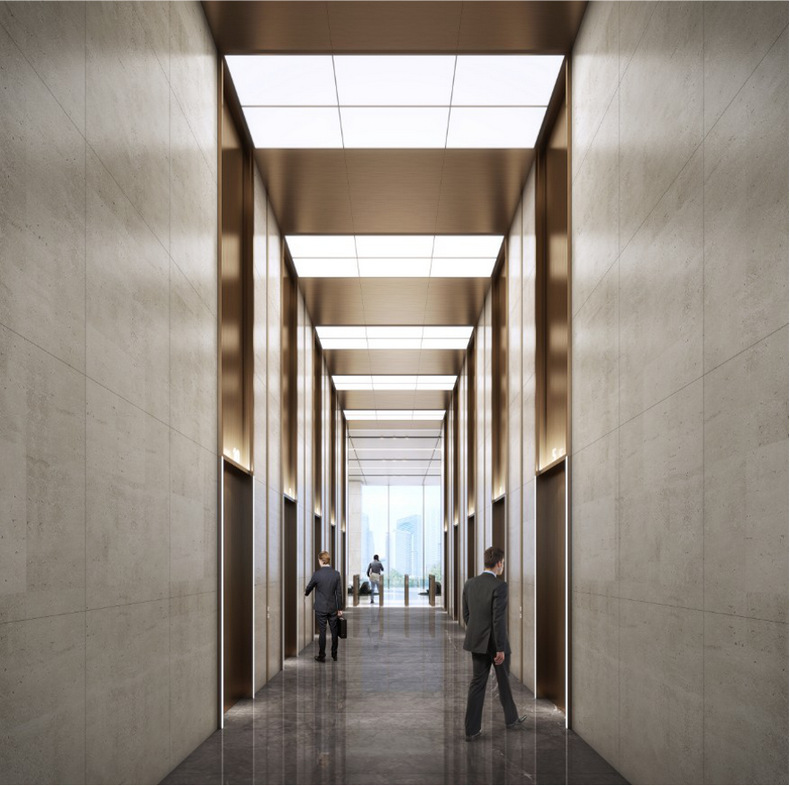 _ueditor_page_break_tag_
_ueditor_page_break_tag_Benefits Of Sintered Stone
Thin and Light with Large Size:The weight of the sintered stone is only 1/3 of the traditional ceramic tile, and the thinnest thickness can be 3mm, which is less than 9~11mm of ordinary ceramic tile, and far less than 20~30mm of marble. Not only is its light and thin, the size of the sintered stone can reach 1.8×3.2 meters.
High hardness, High temperature resistant, stain resistant and wear resistance:Sintered stone is more resistant to dirt and wear than ceramic tiles, and has fewer pores on the surface than ceramic tiles.
Machinability:Sintered Stone can not only be edged, chamfered, and grooved by machines, but also can be made into very fine arc shapes, which can be cut very thinly. Slate can be regarded as a kind of customized furniture. If you want, you can even make a custom cabinet made of pure slate.
More Possibilities:Sintered Stone can be made very thin and flexible, the thinnest is only 3mm, but the strength is very good, and only it can be attached to the cabinet door, refrigerator or even the security door, there are many application scenarios
The biggest advantage of sintered stone is that it solves the shortcomings of marble and enhances the workability while re-engraving the marble style.The pattern of the sintered stone is inkjet printed, and any pattern can be printed. Not only imitating marble is very realistic, but also can do solid color, wood grain, leather grain, and the application scene is quite rich.It is easier to take care of than marble, looks better than quartz, and is stronger than ceramic tile.
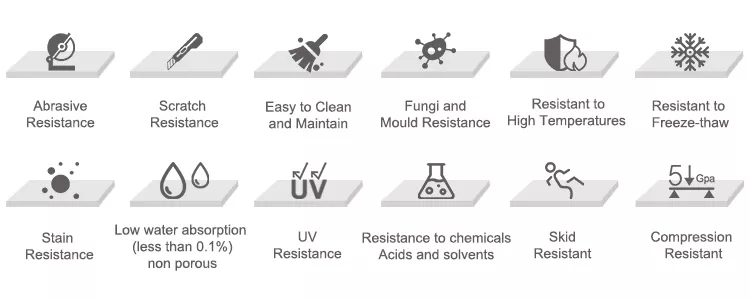
Exterior Wall Cladding
Based on the physical properties of fire resistance, frost resistance and high temperature resistance, sintered stone is a very friendly choice for building facade materials, and the fire rating is A1 , resistant to -80 ℃ low temperature, which can withstand cold weather, unscathed.
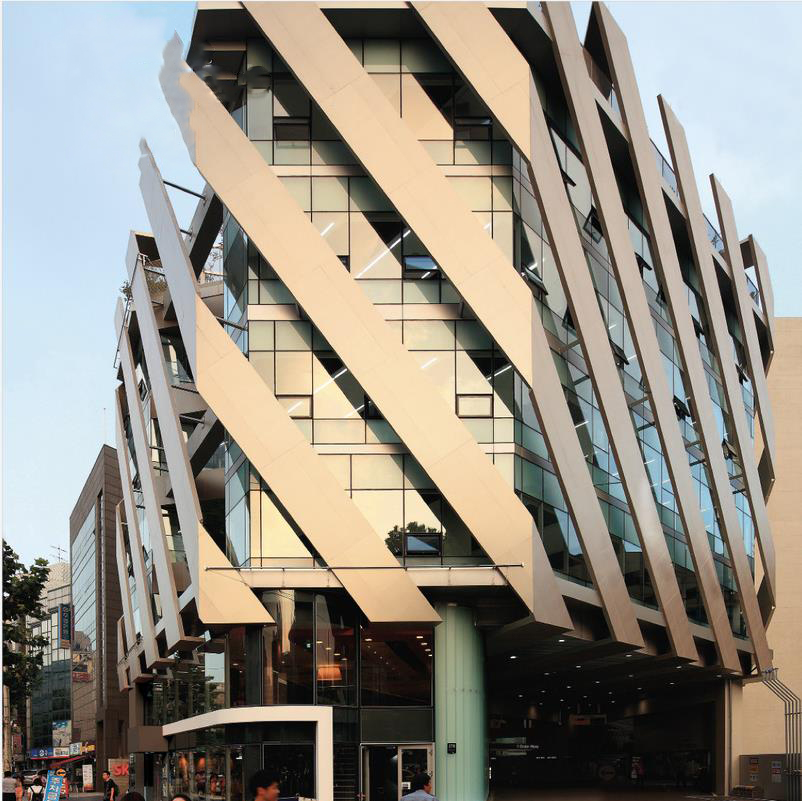
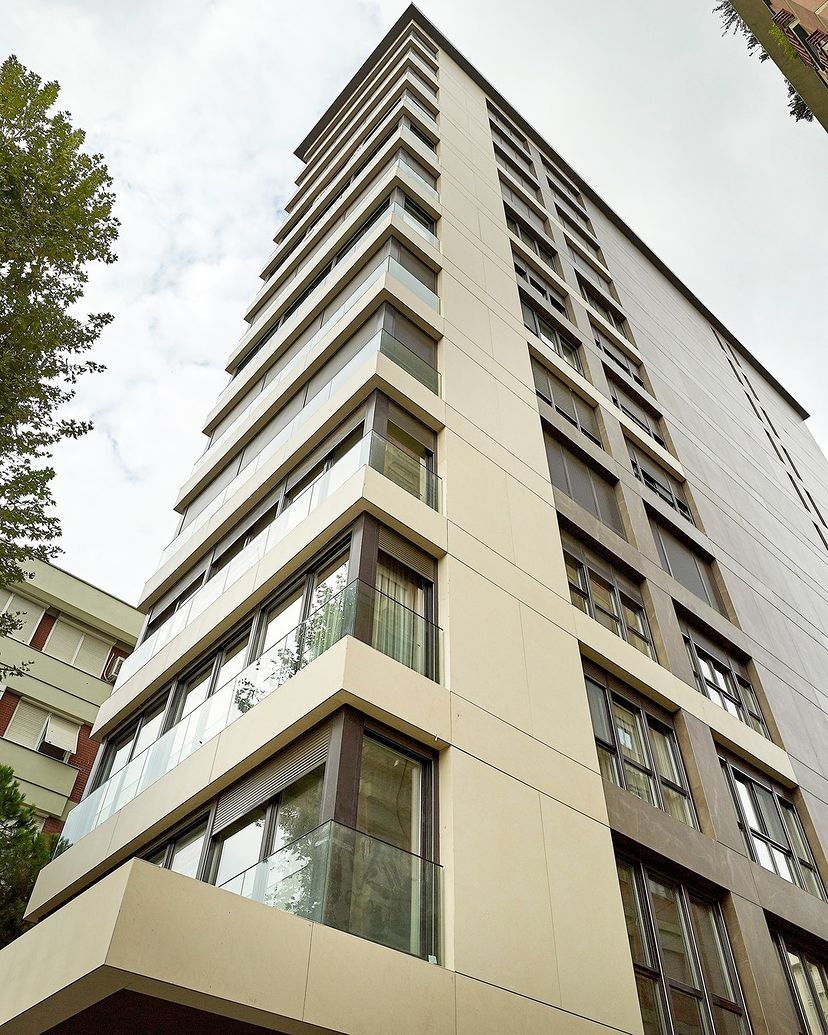
Interior Wall,Floor
The sintered stone has the characteristics of stain resistance and wear resistance, which is quite suitable for indoor walls and floors.
1. Wear-resistant
The sintered stone is generated at high temperature and high pressure, and the hardness is above 5. Directly using a steel knife will not cause scratches or damage to the slate, and it is also extremely wear-resistant when used as the ground!
2. Anti-fouling
In the repression of the super-large tonnage press, the sintered stone has a high degree of compactness, with an independent nano-protective layer, and a 5-level stain-resistant surface treatment.
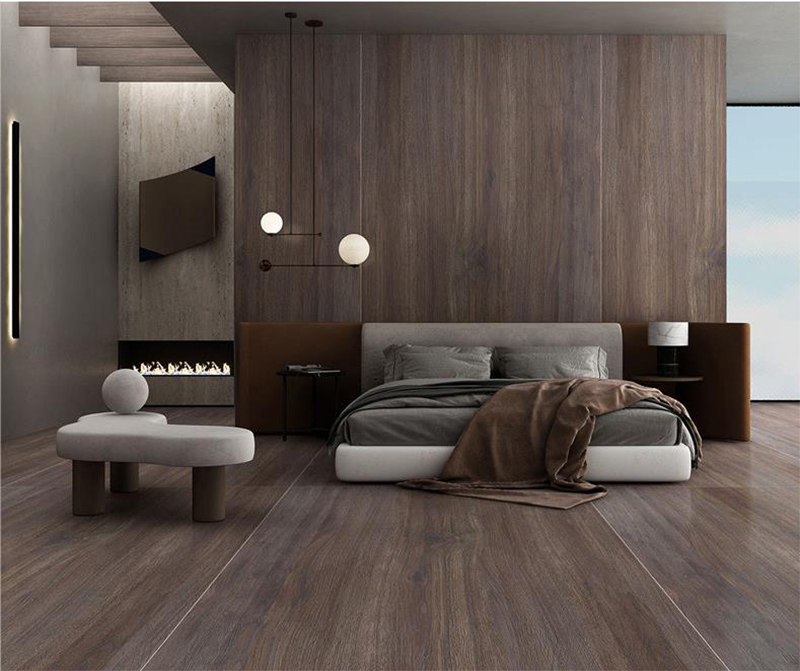
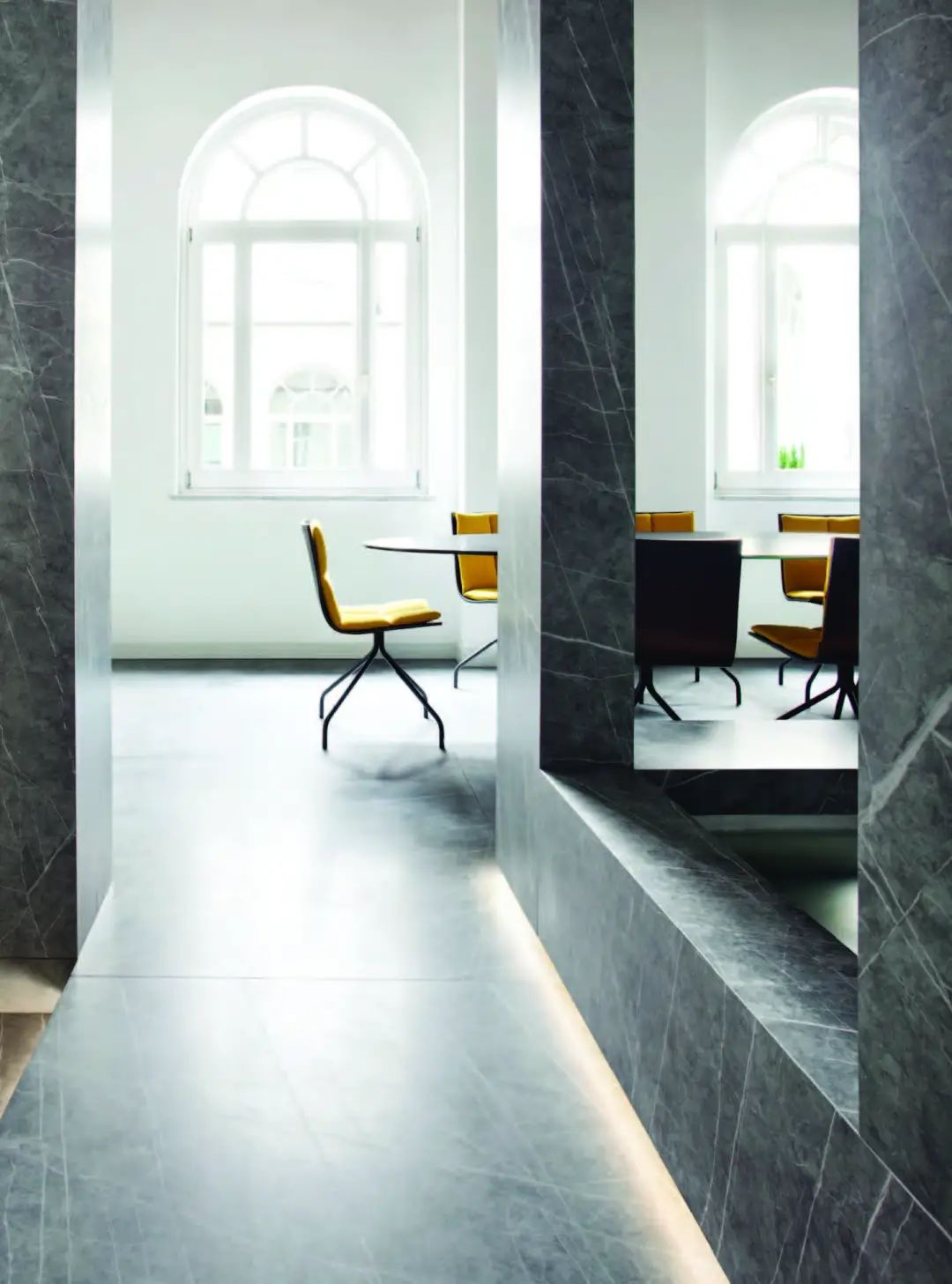
Cabinet Countertops
Sintered Stone is used for cabinet countertops because of its antibacterial, high hardness, impact resistance and other characteristics.
1. High hardness and impact resistance
The thickness of the Sintered Stone varies from 3mm to 20mm, and even the thinnest slate has high hardness, high hardness and impact resistance. The impact resistance of a 6mm-thick Sintered Stone is equivalent to that of 35mm granite, and it will not break even if you chop meat and bones on the surfcae of the Sintered Stone.
2. Antibacterial and antibacterial
The Sintered Stone has a food-grade surface, is healthy and environmentally friendly, and has passed the NSF certification, so there is no need to worry about mold invading the green body.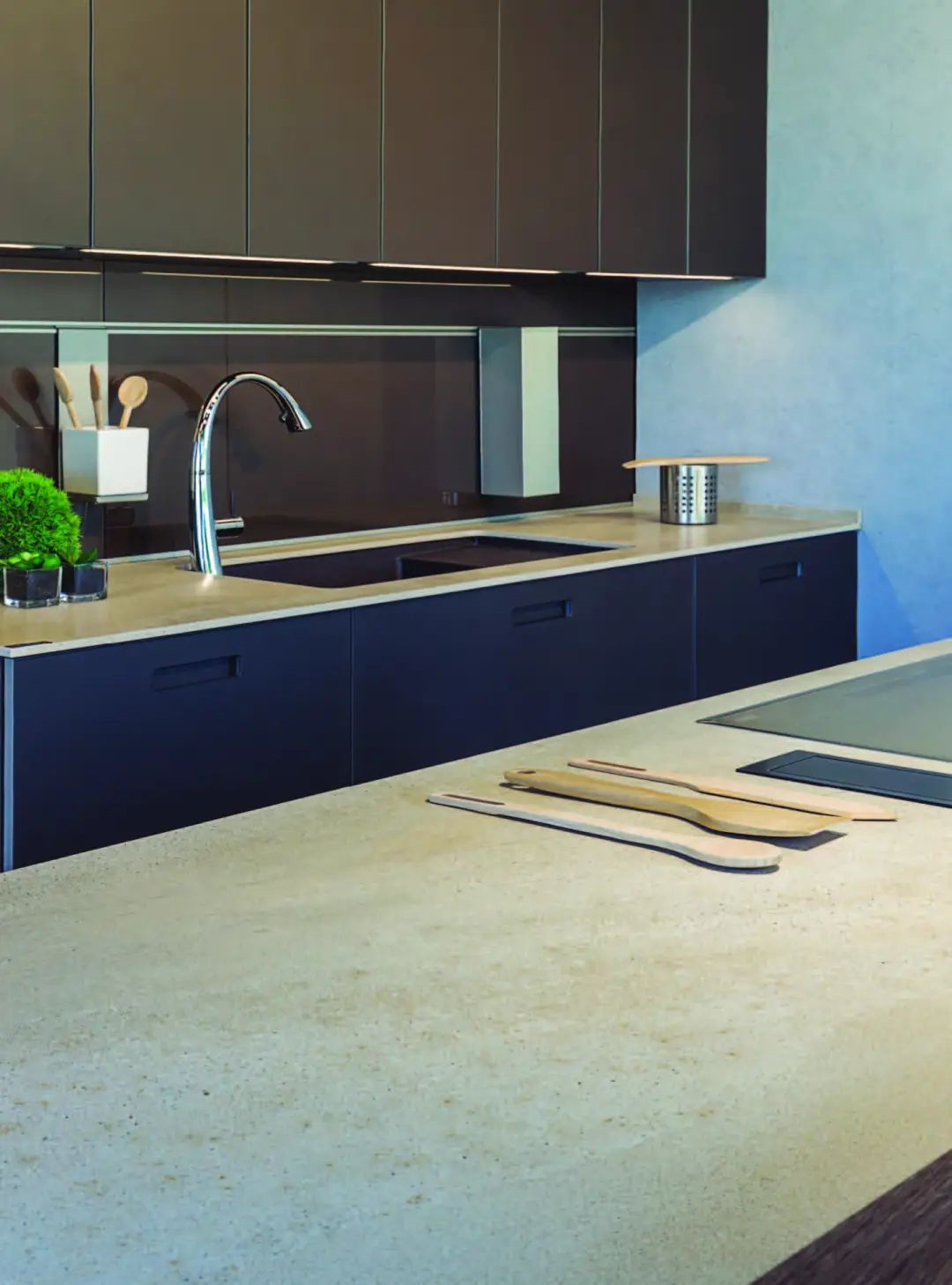
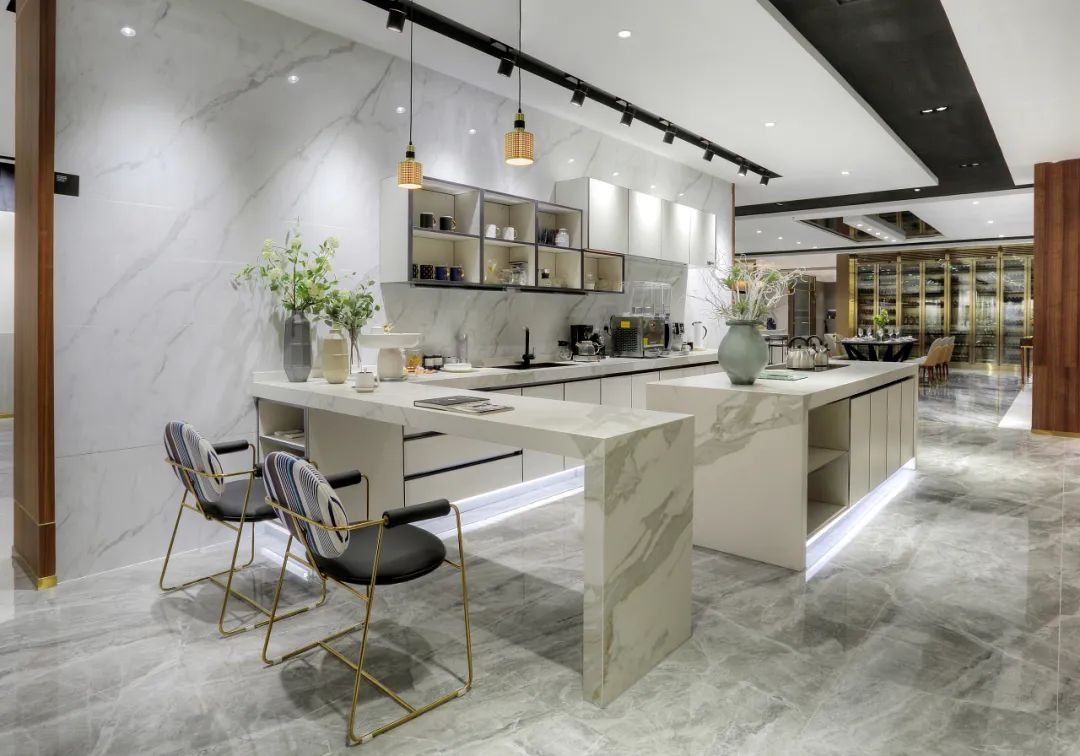
Bathroom Space
The anti-permeability of Sintered Stone is extremely high.
At present, the best ceramic tiles on the market have the lowest water seepage rate of 3/1000, while the water seepage rate of Sintered Stone is 2/10,000, which can be safely applied to the bathroom space.
In addition, the extremely high density of Sintered Stone can hinder the penetration of stains, so there is no need to worry about the penetration of sewage and stains into the stone, and it is also easy to clean.
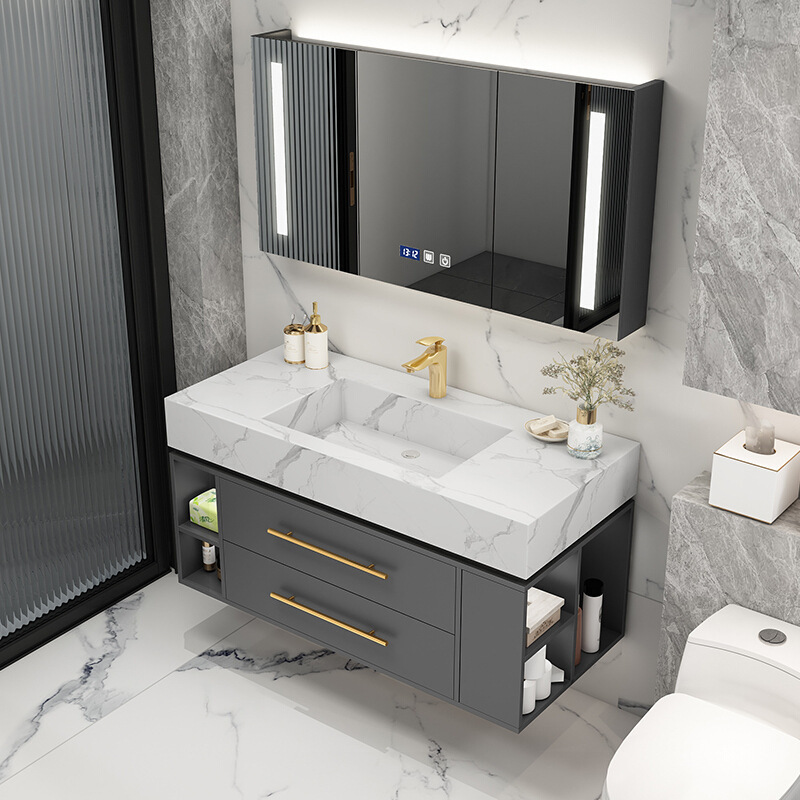
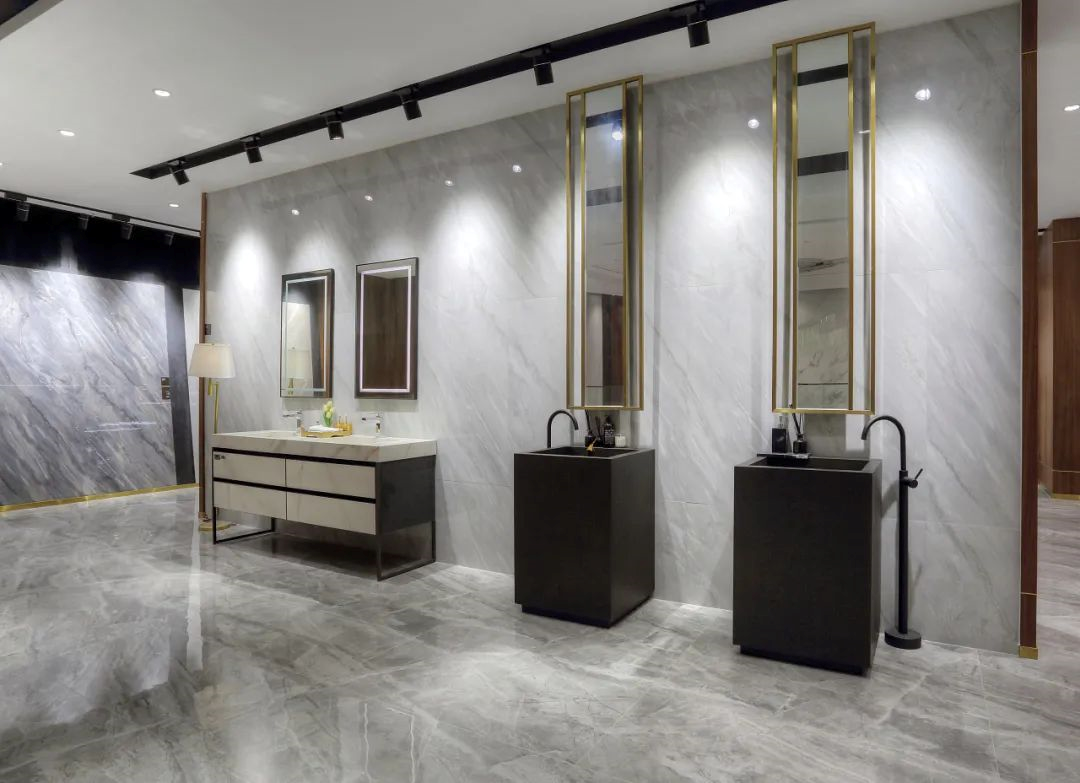
Use for Furniture
In actual use, the combination of Sintered Stone and furniture is also very high, and the characteristics of lightness, thinness, softness, and strong plasticity are also its essence.
1. Thin
Sintered Stone countertops are only 1/3 the thickness of traditional tiles.
2. Light
The average weight of traditional tiles is 23~27kgs/㎡, while the average weight of ultra-thin Sintered Stone is only 7kgs/㎡.
3. Soft
Unique 3mm thickness 1.2x3.6m size, its softness can be bent into an arc.
4. Strong plasticity
Sintered Stone can be drilled, polished, cut and other deep processing, suitable for various shapes.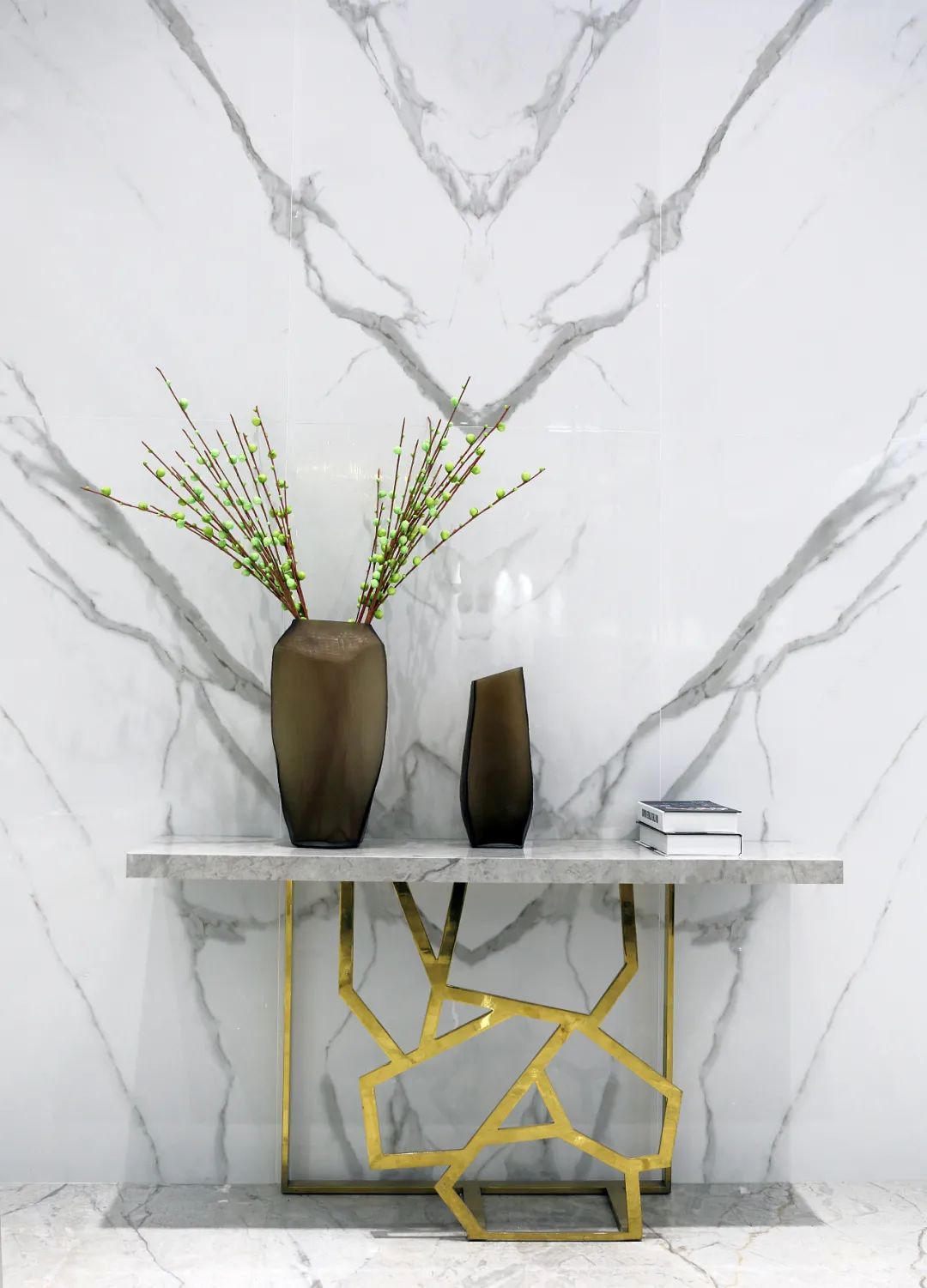
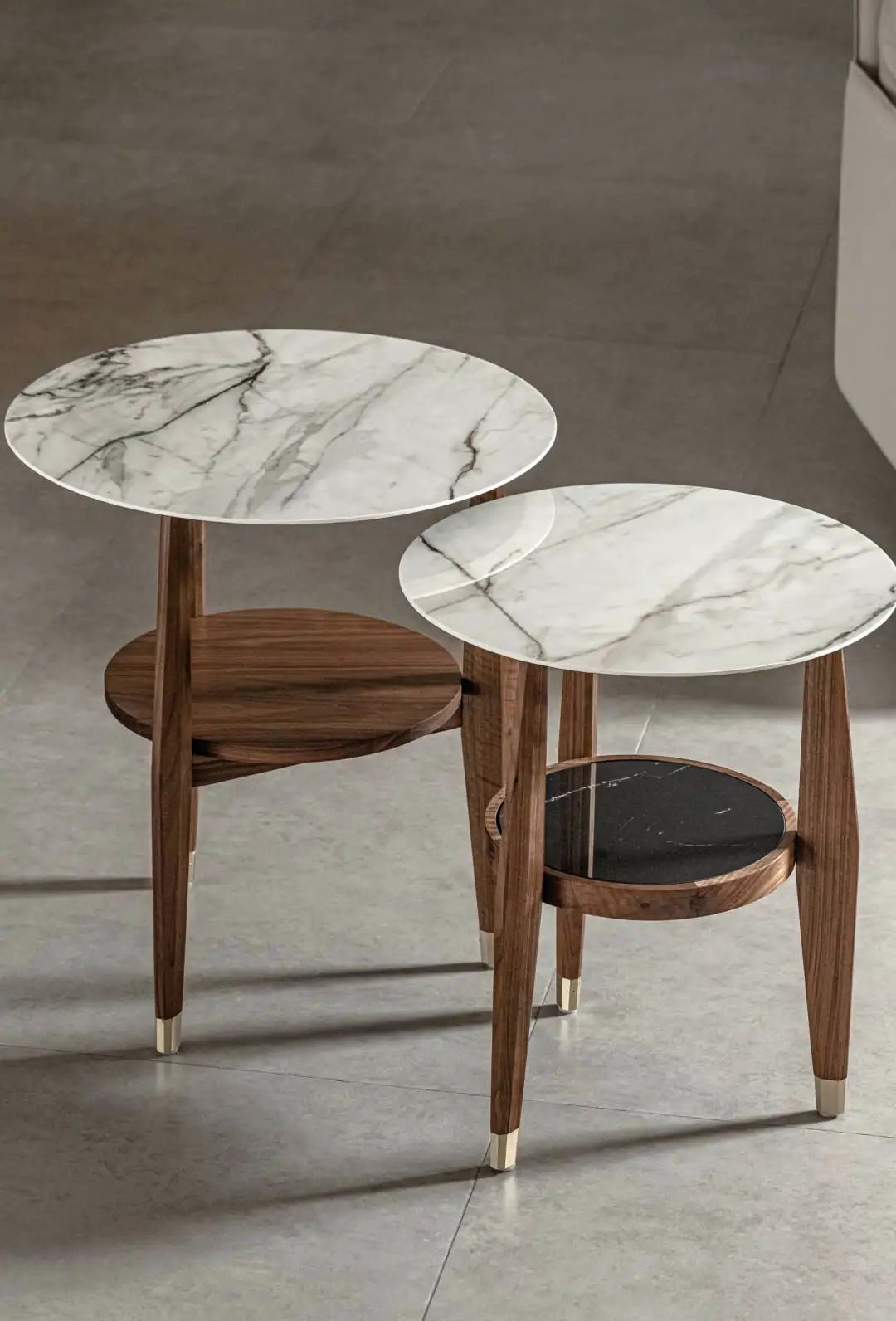
Decorative Use
1. Large Size
The size of the Sintered Stone is large, and it is more than enough to be used as a decorative wall for the background wall alone. The regular sizes are:
3600×1200mm×(3mm, 6mm), suitable for wall, veneer, kitchen cabinet door;
3200×1500mm×(6mm, only a few colors have 3mm), suitable for wall, veneer, kitchen cabinet door);
3200×1600mm×(12mm, 20mm), suitable for kitchen countertops, desktops and floors;
2600×1200mm, 2600×1500mm, used for project customization.
2. Rich color and texture
The Sintered Stone is rich in color and texture: solid color, volcanic rock, stone grain, cloth grain, wood grain, classic rough stone, luxury stone and other textures, and can also make a fuss about the touch and light of the surface.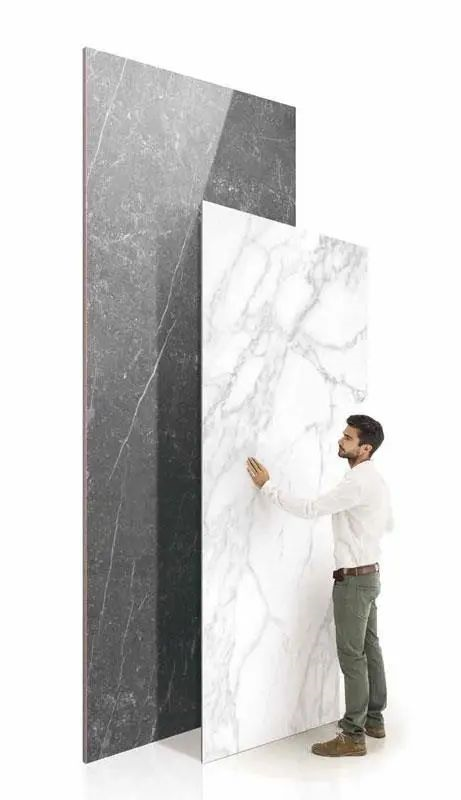
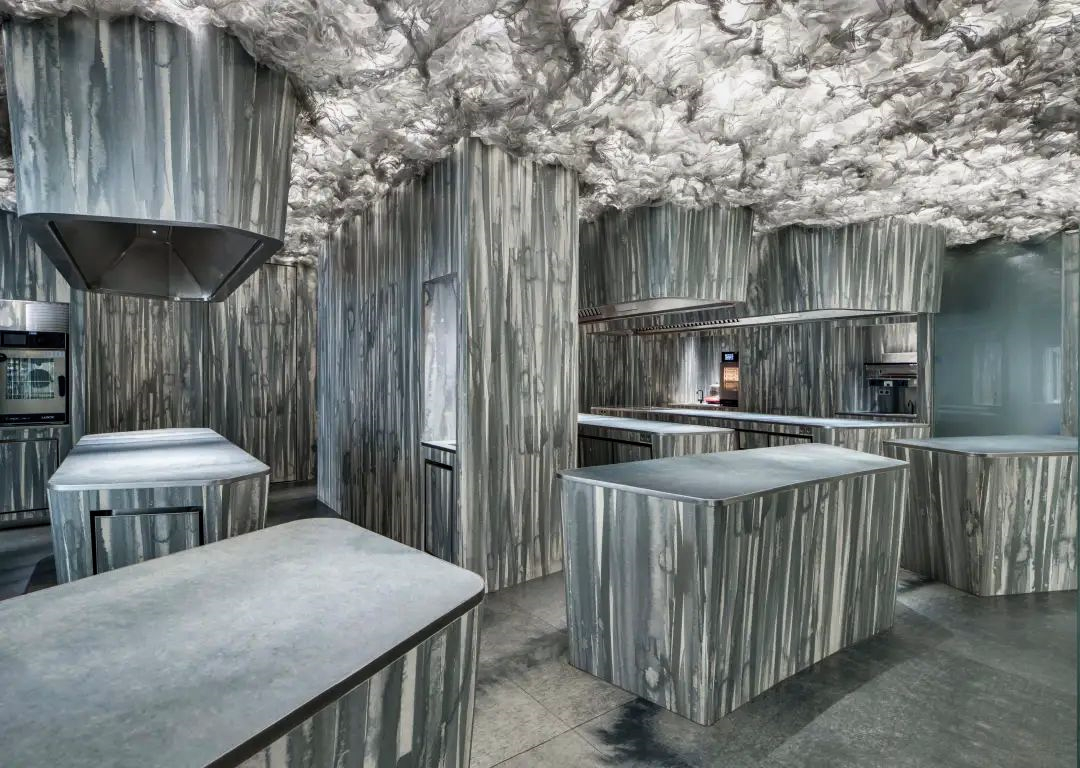
Sintered Stone Construction
There are two main types of Sintered Stone construction techniques: gluing and dry hanging.
At present, the mainstream on the market is the adhesive technology provided by the manufacturer. The use of special equipment and tools during construction can solve the problems of large width of Sintered Stone, difficult to handle, and unstable installation.
In addition, it is also a very economical and stable practice to use honeycomb composite Sintered Stone dry hanging in the project. The specific method depends on the construction situation on site.
Sintered Stone laying process: base layer treatment → elastic line division → adhesive preparation → adhesive construction → large rock slab back coating → large rock slab laying → vibrating and leveling → leveling aid to adjust the flatness → surface cleaning and protection → caulking treatment .
There are also two types of Sintered Stone dry hanging: aluminum honeycomb composite slate dry hanging and gluing + stainless steel angle piece fixing.
